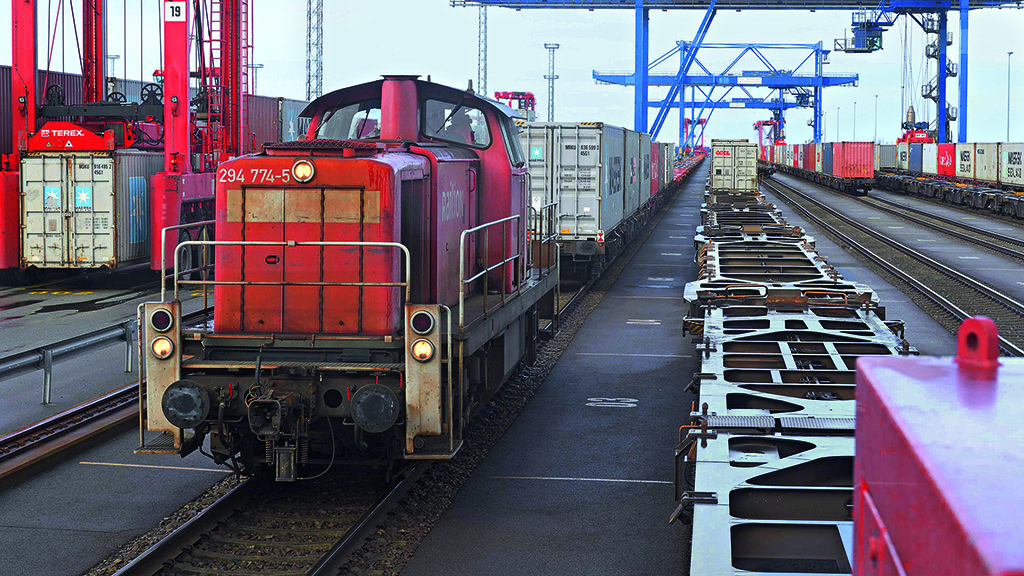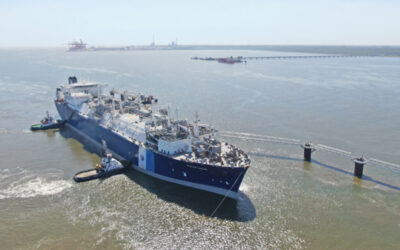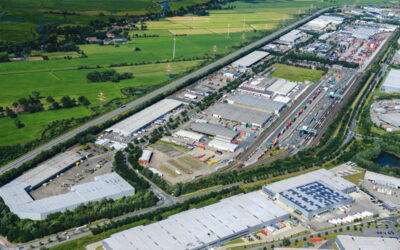BREMEN/BREMERHAVEN. The ports of Bremen have achieved a significant growth in hinterland traffic in the past years. This is shown by the study “Updating of the analysis and prediction of sea and hinterland traffic of Bremen’s ports” presented in September. The study was commissioned by bremenports and presented by the Institute of Shipping Economics and Logistics (ISL). “The study is proof that the ports of Bremen remain on the right course despite the difficult competition situation and that we can continue to rely on a stable transport volume with the hinterland”, explains the Senator for Science and Ports Dr. Claudia Schilling. In 2018, 2.6 million TEU were transported by barge, rail or truck between the container terminals of Bremen and the city’s hinterland. This represents a growth of more than 300,000 TEU compared to the reference year 2013. The local share of hinterland containers also grew; in Bremen these are mainly packed in the cargo traffic centre (Güterverkehrszentrum, GVZ). The so-called loco rate rose by 25 percent to some 811,000 TEU. This places Bremen clearly above Bavaria (387,000 TEU) in first place among the hinterland destinations.
Photo: bremenports – Wolfgang Scheer









